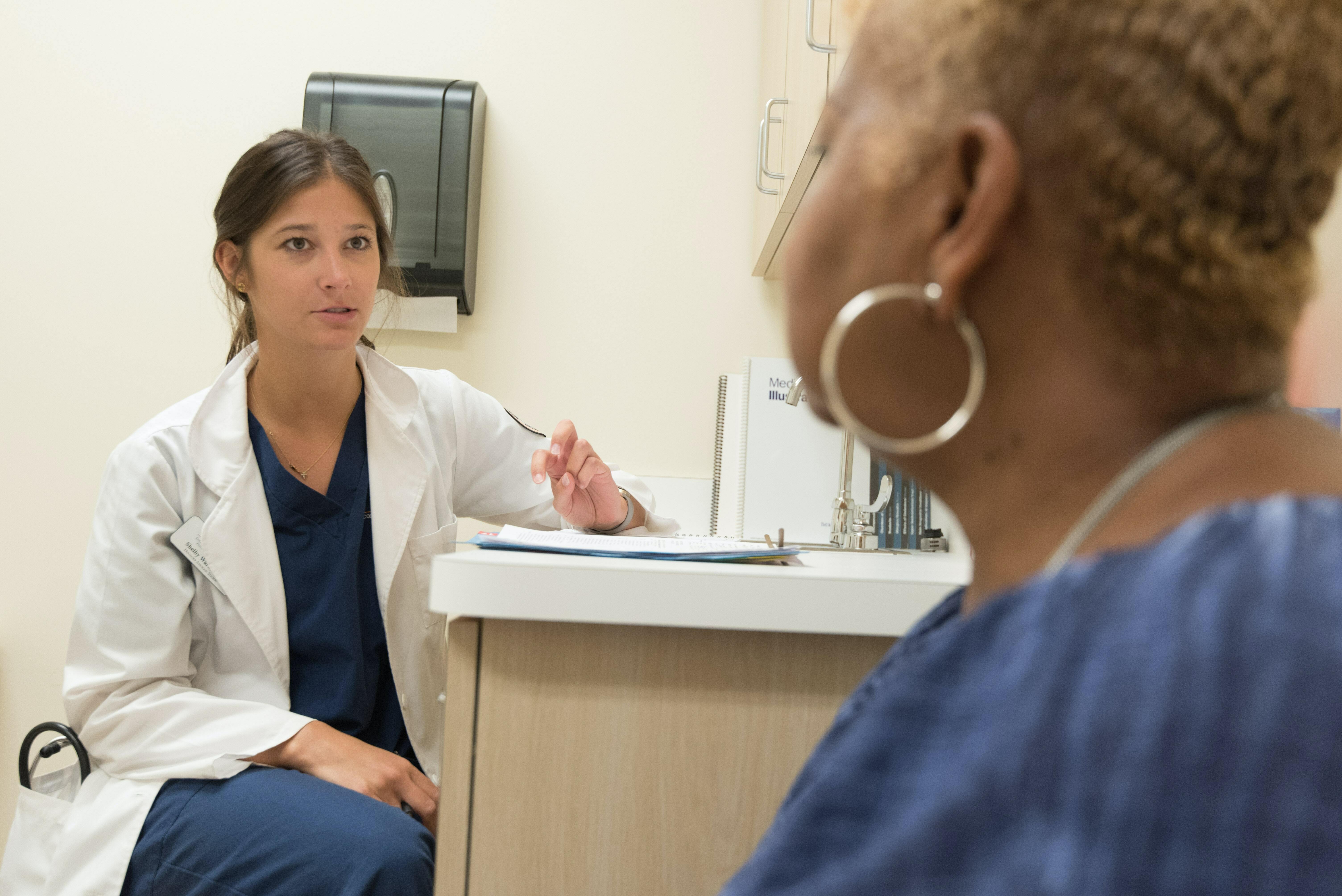Making the decision to initiate or continue clinical trials during COVID-19 looks a little bit different than it used to these days. Since most health centers, including hospitals, are being used to treat patients with the virus we now have to ask ourselves whether starting or continuing a trial could interfere with public health measures to control COVID-19. As a first step, you should look at the availability of research sites to determine whether carrying out the trial is even feasible. If research sites are available, you must then evaluate the availability of professionals and support staff, the availability of needed supplies, as well as the possibility for patients to have remote controls assuming you have the option to conduct tele-health. All of this should be evaluated in conjunction with IRB / IEC staff and operations as well as the Data Monitoring Committee (DMC), if applicable, to maintain testing needs.

One scenario it is important to highlight is if, during an ongoing trial, an investigational product (be it a drug, a biological product, or a medical device) appears to be providing benefits to the trial participant. In this case the sponsor has to make a choice of whether or not to continue administering the product during this global health crisis. If the sponsor decides to suspend the investigational therapy, it is imperative that there be a plan in place for adequate treatment of the participant after the interruption. Another area of specific interest is patient informed consent, due to the fact that travel restrictions are in place and the possibility that a patient may be in isolation due to being infected with the virus which would prevent sponsors from being able to enter the patient’s room and obtain a signed consent form. In these cases, the FDA recommends obtaining informed consent through methods that allow for an adequate exchange of information and documentation, ensuring that the signer of the consent form is actually the person who plans to enroll as a subject in clinical research or is the subject's legally authorized representative. When it is not feasible for investigators to receive the signed consent form before beginning study-related procedures, investigators should have them verbally confirm during the consent interview that they have signed and dated the form and the supervising IRB must review and approve the planned informed consent process.
What about site monitoring? In the event that the study monitor is unable to conduct on-site monitoring visits due to the COVID-19, new FDA regulations only require sponsors to monitor the conduct and progress of their clinical investigations. Since these regulations are not specific as to how sponsors should conduct their site monitoring, it allows sponsors to use a variety of monitoring approaches for their studies some of which include remote monitoring. Being able to monitor a site remotely may be the best option for many sponsors when traditional on-site monitoring is limited due to:
- Sites may not be able to accommodate monitoring visits (for example, due to personnel limitations or site closings); or
- Monitors may not be able to travel to test site due to travel restrictions
Remote monitoring requires accurate record keeping including documenting the reasons why on-site visits are not possible so that this is available for review by the sponsor and/or the FDA during inspections. Sponsors should use a risk-based approach to prioritize their sites including monitoring as many sites as possible and doing so as frequently as possible, as described in their site monitoring plan, and should focus on reviewing critical study site documentation and source data. If the materials identified for the review include the medical records of the participants that would normally be reviewed on-site (and such review is consistent with the informed consent documents of the trial participants), then, as discussed below, one can explore remote review of medical records with test sites to complete source document review.

It is likely that study monitors will need to review critical source documents, such as private health information, which is only available at the site itself. If this is the case, they should review the requirements for source document validation as described in the current Study Monitoring Plan or other appropriate study-specific document, and request to view the information according to those guidelines. If no such remote monitoring processes have been set up in advance, processes and procedures will need to be created, for example, in a revised Study Monitoring Plan or in updates to the sponsor’s existing policies. It’s critical that the study monitor focus on test activities that are considered essential to either the safety of the test participants or the reliability of the data. Some ways to facilitate remote monitoring access to critical site data are:
- If the site can provide adequate resources and technical capabilities, consider establishing a secure remote viewing portal that allows site staff to provide access to site study documentation and / or source documents from trial participants for review of the trial study monitor. In addition, the potential for remote access to trial participants' electronic health records at trial sites can be explored.
- Sites can upload certified copies of source records to a sponsor-controlled electronic system or other cloud-based repository that contains appropriate security controls. In the context of a blinded or partially blinded study, if the source documents contain potentially unblinded information, controls to protect the blind study must be in place before the source documents are transferred (for example, the use of a study monitor not blinded to review source documents, restricted access to folders containing copies of source documents). The clinical site does not need to have control of certified copies of source documents uploaded to that repository; However, the clinical investigator must maintain control of the original source records.
- Copies of source documents used for remote review do not need to be retained, provided the clinical investigator retains the original source documents in accordance with the regulations of the FDA for record retention. Processes and procedures should be established for handling source document copies that may have been placed in temporary storage locations for remote review.
- Remote monitoring activities, including remote review of source documents, should be documented with the same level of detail as on-site monitoring activities. Any resulting actions to address the issues identified in remote review of the source document should be consistent with the procedures and processes described in the original Study Monitoring Plan.
Keep in mind that these recommendations are very general, and due to the specificity and unique characteristics of each individual study. It is important to remind sponsors that the FDA is open to having individual consultations for each study to provide more personalized suggestions.
Source: FDA-2020-D-1106
--